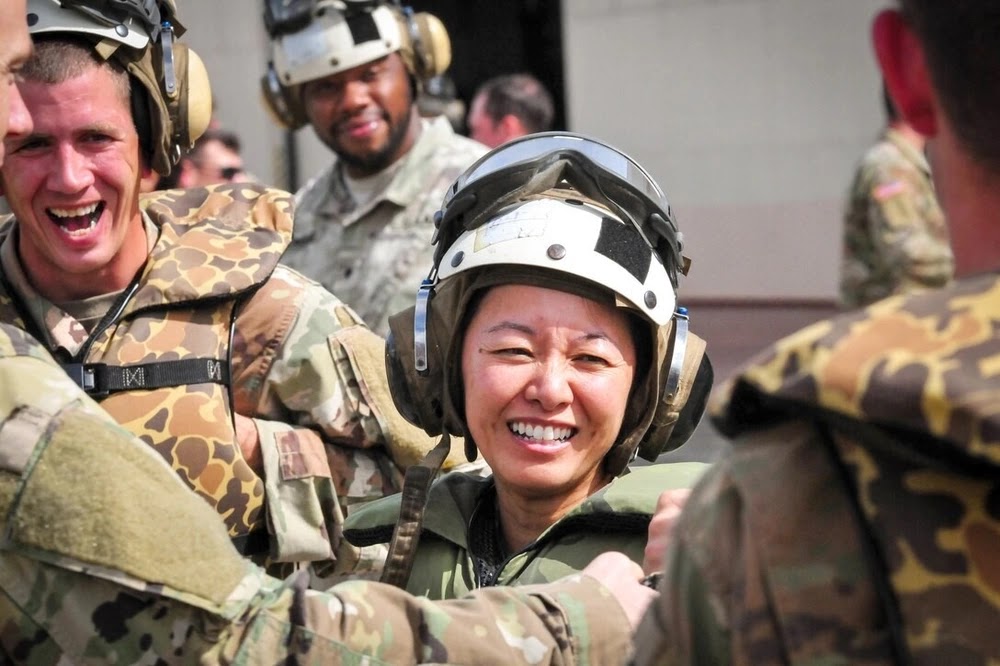SEOUL, South Korea – In a move likely to further exacerbate tensions on the Korean Peninsula, the United States has for the first time deployed MQ-9A Reaper unmanned aerial vehicles (UAVs) to South Korea to undertake a rotational combat role. This deployment is widely interpreted as a significant step to bolster surveillance capabilities and enhance deterrence against potential threats from North Korea.
While specific details regarding the number of drones deployed and their operational duration remain undisclosed by official sources, military analysts suggest that the presence of the MQ-9A Reaper, a versatile and long-endurance UAV capable of carrying significant payloads including air-to-ground missiles, signifies a notable increase in the US Forces Korea's (USFK) intelligence, surveillance, and reconnaissance (ISR) capabilities, as well as its potential for rapid response in contingency situations.
The deployment comes amidst heightened tensions in the region, fueled by North Korea's continued development and testing of ballistic missiles and its increasingly bellicose rhetoric. Pyongyang has consistently condemned joint military exercises between the US and South Korea, viewing them as rehearsals for invasion, and is likely to perceive the deployment of combat-capable drones as a further provocation.
The MQ-9A Reaper, often referred to as a "hunter-killer" drone, possesses advanced sensor suites, including high-definition video cameras, infrared sensors, and synthetic aperture radar, allowing for persistent surveillance over vast areas in all weather conditions. Its ability to be armed with precision-guided munitions also provides a significant offensive capability, potentially enhancing the USFK's ability to neutralize immediate threats.
 |
| MQ-9 Reaper. The drone was carrying eight AGM-114 Hellfire missiles to further the Predator’s “persistent attack” role. |
This rotational deployment marks a shift from previous US UAV operations in South Korea, which primarily focused on unarmed reconnaissance missions. The integration of armed Reapers into the peninsula's security architecture signals a more assertive posture and underscores the US commitment to the defense of its ally, South Korea.
South Korean military officials have cautiously welcomed the deployment, acknowledging the enhanced surveillance and deterrence benefits. However, they have also stressed the importance of maintaining close coordination with the US to ensure that the deployment aligns with the overall security objectives and does not inadvertently escalate tensions with North Korea.
Experts believe that the US decision to deploy the MQ-9A Reapers is multi-faceted. Firstly, it serves as a clear message of resolve to North Korea, demonstrating the US's willingness to project advanced military capabilities to the region. Secondly, it provides enhanced real-time intelligence gathering, crucial for tracking North Korean military movements and missile launch preparations. Thirdly, the offensive capabilities of the Reapers add another layer to the deterrence strategy, providing a rapid response option in case of aggression.
However, the deployment also carries potential risks. The increased presence of combat-capable drones could be viewed by North Korea as a more direct threat, potentially leading to further provocative actions. There are also concerns about the potential for miscalculation or unintended escalation in a region already fraught with geopolitical complexities.
The long-term implications of this deployment remain to be seen. It is anticipated that North Korea will issue a strong condemnation of the move. The international community will be closely watching how this development impacts the delicate security balance on the Korean Peninsula and the prospects for future dialogue and denuclearization efforts.








